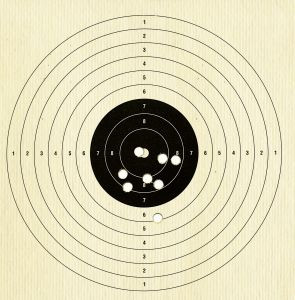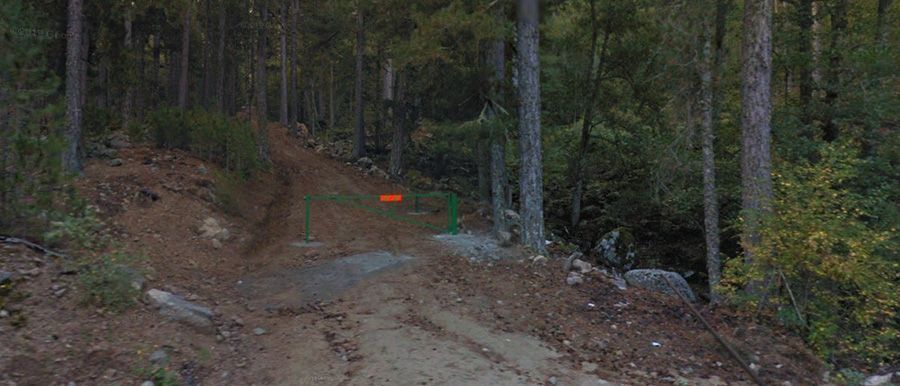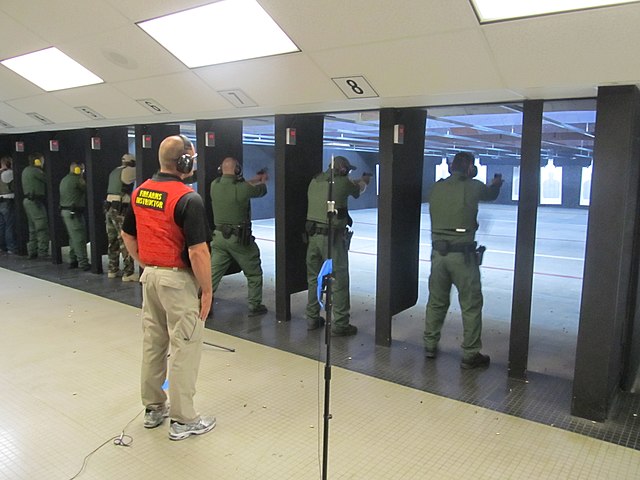
You need to be able to tell a dove how far it can go at forty yards. Doves have excellent eyesight, and they'll alter their course in order to avoid you. You can also find shelter in tall vegetation or trees. It can give you an element or surprise. Make sure you use the correct shot size.
Dove decoys allow for closer shots
Using dove decoys at 40 yards is one way to get closer shots. Birds will often flit into your feeding area and land in front of you. The dove will usually be approximately 5 to 10 feet from the ground when you're within its range. Be sure to keep your dove far enough away from other hunters so you don't collide with them.

Proper shot sizes for doves
Doves, unlike most other game birds, are relatively easy to capture if you strike them squarely. Use smaller shot sizes to get more pellets per charge, and to create dense patterns. These pellets are more effective against swift-moving birds. Here are some tips to help you choose the right size pellet for the dove that you're hunting.
Shooting from a seated place
Doves are extremely agile and can change their course in order to avoid being shot. Do not fire your gun until the dove is within your range. After a dove is in your range, you should slowly move your head around and look around. This can be done by sitting on a ledge or in a low position surrounded by tall trees and brush.
Use a shotgun
When shooting at distances greater than 40 feet, it is crucial to remember that the bird is moving behind you. The dove's wingspan must be 20 feet longer than the barrel of your shotgun. This can be tricky but a well-placed shot will bring down the bird. The best way to learn how to use a shotgun for leading a dove from 40 yards is to bag it twenty to thirty feet in front of your target. Next, you will need to get in your shooting position and fire.
Field guns
When using a field gun to lead a doe at 40 yards, you need to have a large lead in order to hit it in the head. Your speed and gun will affect the distance, but you need enough lead to finish the shot. A long shot is more straightforward than a quick one. This is because your focus should be on the bird's entire body, not just its head.

Use a lightweight camouflage
Doves will be attracted to light-weight camouflages. Doves are very visual and will change their course if they see you too closely. Look for cover, such as tall brush and trees that will stop you moving until the dove is within range.
FAQ
Where is hunting the most popular in America?
Hunting is popular in the Midwest because people have a habit of living off the land.
Hunting is very popular in the Northeast due to many people being raised on hunting traditions.
These states are home to hunters from across the country who come to hunt big game animals.
Hunting is not as common in other regions of the country, which makes them less likely to support hunters.
Where can you buy a gun
You can find gun stores all across the country. These stores sell guns from low-cost starter models to more expensive high-end models.
Some gun shops sell firearms only. These shops often have helpful staff members who will help you choose the best gun for your needs.
You can find our guide to handguns if you are looking to purchase a new firearm.
How many people in the US rely on hunting?
More than 300 million hunters live in the United States. This means that hunters are twice as numerous as those who live in New York City.
Hunting is an American pastime that dates back centuries. But today, fewer Americans hunt for sport than ever before. According to the U.S. Fish & Wildlife Service (FWS), only 2 percent of the population hunts regularly. Young adults are even less likely to hunt regularly.
Hunting is still popular among older generations, even though it may seem old-fashioned. According to a survey, 68% of baby boomers expect to hunt once again when they are older. Hunting is an opportunity to reconnect with nature and experience the outdoors.
Younger generations may not consider hunting a priority. According to the National Shooting Sports Foundation 18% of millennials are avid shooters.
FWS works hard to ensure that America's wild places are accessible to all.
In 2014, the agency launched its "Wild Lands" campaign to raise awareness about public lands across the country. Its goal is to raise awareness about the importance these areas have and to encourage people to go to them.
Conservation efforts are encouraged through Wild Lands. FWS and National Rifle Association collaborated to create Project Gunter a youth shooters program. This program helps children learn how to safely handle firearms, as well as safety and marksmanship skills.
Project Gunter has expanded to include women of all races and minorities. This has led to more children learning how to use guns and becoming active participants in wildlife conservation.
Statistics
- Thanks to the 1937 Pittman-Robertson Act, an 11% excise tax was placed on the sale of firearms, which were then used for conservation. (stacker.com)
- Licenses dropped from a peak of roughly 17 million in the 1980s to 15 million in 2019, according to The Seattle Times. (stacker.com)
- In less than 20 years, Rhode Island saw a 40% drop in the number of hunting licenses for residents, according to The Valley Breeze. (stacker.com)
- - Percent of residents with paid hunting licenses: 0.7%- (stacker.com)
External Links
How To
How to hunt wild Hogs
Wild hogs are large animals found in North America, Africa, Asia, and Europe. Wild hogs eat both vegetation and small animals, such as birds, fish, mice, rabbits and mice. They usually feed at night. After six months of gestation, one piglet is born. A sow gives birth every two years. Wild hogs are often solitary but can live in groups known as herds.
The average weight of a wild boar is 200 pounds (90 kg). Their head length is approximately 10 to 12 inches (30-25 cm), and their bodies range from 20 to 30 in (50-75cm). Wild pigs are long-legged, have broad shoulders and short tails. They have a thick layer under their skin of fat.
They are extremely sensitive to the senses of sight, hearing, smell, and taste. These senses allow them to spot danger and locate food. They can run upto 35 MPH (56 Km/h) and jump upto 15 Ft (4 m). They have sharp teeth. They are aggressive when defending themselves against predators.
Hunting wild Hogs can be difficult as they are agile, intelligent, and elusive. Hunting wild hogs is a dangerous business. Hunters should not shoot too quickly. The animal might escape. If hunters shoot too late, the animal may die before it reaches cover.
Wild hogs can be killed using many hunting methods. The most common method is shooting. This requires hunters hunting to find the animal, then waiting until it comes within range. Trapping is another method. Trapping is the practice of placing traps in areas where the hogs are likely to drink. A trap may contain a scent lure such as peanut butter and corn meal. When the trap is sprung, the hunter shoots the trapped pig.
Another method is snaring. Snaring involves using a noose made of rope to catch the porc. It is best to catch the pig during its mating season.
Other methods include spearing, netting, and poisoning. Netting and spearing involve placing a net or spear through the pig's neck to stop its breathing. Poisoning refers to injecting poison in the pig's neck.
Hunting wild hogs requires hunters to be prepared for cold conditions. In some areas, hunters wear snowshoes to keep warm. Some hunters bring dogs with them to help them track the animals.